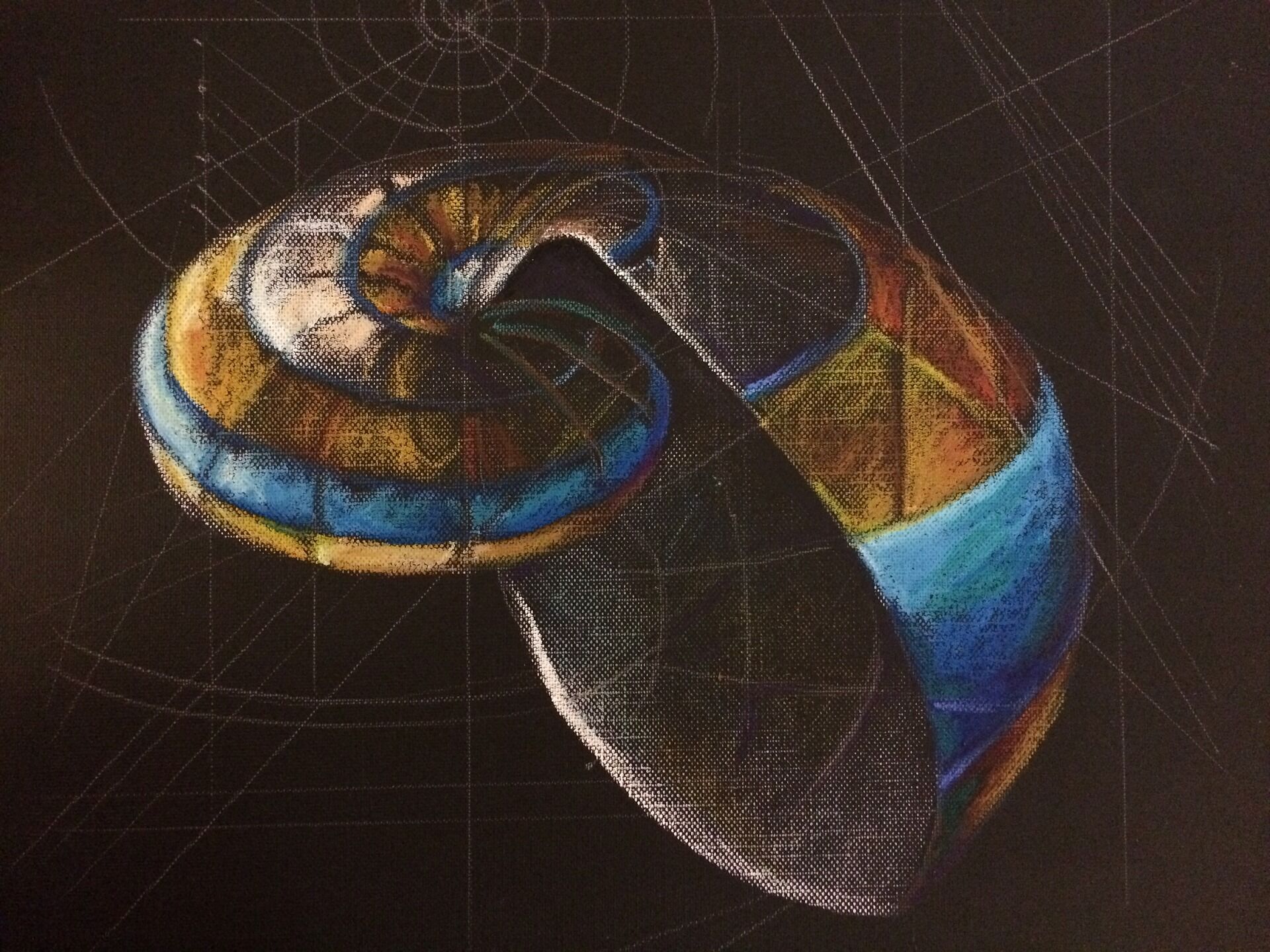#edgeforex #trading #market #forex #currency #fibonacci #revelution #arithmetic #europe #russia #numbers #forexsignals #cryptocurrency #bitcoin fibonacci
Fibonacci wrote extensively about business management. This included best practises for dividing profits, using weights and measurements, dealing with foreign currency exchange rates, and determining the value of alloys found in coins.
The decimal-based system he popularised in europe arose in india in the sixth or seventh centuries and uses the numerals 0, 1, 2, 3, 4, 5, 6, 7, 8, and 9.
Numbers from the sequence appear frequently in mathematics, such as when measuring pentagrams and pentagons. They appear with an unsettling frequency in nature, such as patterns in sunflower seeds or the number of petals in a flower. They provided the rhythm for sanskrit poetry hundreds of years ago. In advanced high school math classes or introductory college math courses, instructors use the fibonacci sequence to teach induction proofs. It can be used in 40 to 50 exercises to demonstrate “this or that.”
In fact, the sequence has piqued the interest of enough people to inspire an entire mythology.
The Rabbit Problem
Fibonacci, the author of a lengthy 13th-century missive that revolutionised the way the Western world does business, taught readers how to use the Fibonacci sequence of numbers by using rabbits as an example.
In most cases, the sequence begins with zero and then adds one. Users can then find the next number by adding the two numbers preceding it. The resulting sequence is as follows: 0 1, 1, 2, 3, 5, 8, 13, 21, 34…
A single pair of bunnies starts the rabbit problem. The question is how many will exist if the original rabbits and their descendants continue to reproduce for a year and none of them die.
Assume it takes a month for the first two bunnies to mature and produce two offspring, one male and one female. This results in a total of four rabbits.
The second generation matures in a month and produces two offspring, once again a male and a female. And so it goes on. Every month, all of the mature rabbits give birth to a new male/female pair.
The Fibonacci sequence would produce the following number of rabbit pairs at the end of each month: 1, 1, 2, 3, 5, 8, 13, 21, 34, 55, 89, 144, and 233. So, at the end of the year, there would be 233 pairs of rabbits, for a total of 466 rabbits.

